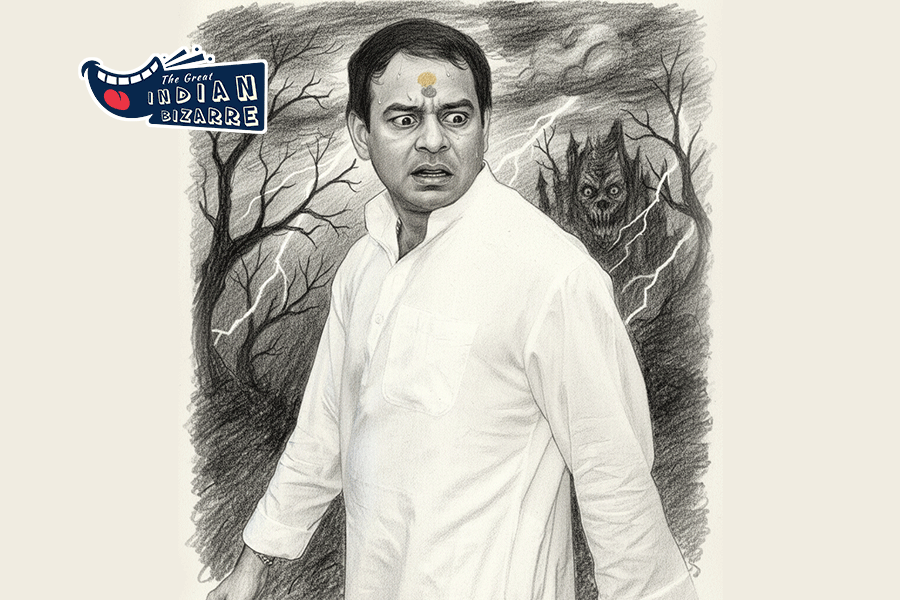Women’s choice is a rare phenomenon. This becomes glaringly obvious at certain moments. Now, for example, Iran is busy making the hijab mandatory, while in India, Karnataka has ordered that the hijab cannot be worn in class. Both State decisions have led to protests that may obscure the question of women’s status across different societies by focusing on immediate factors, but the irony is inescapable. The split verdict of the Supreme Court on petitions challenging the Karnataka High Court’s ban on the hijab in educational institutions underlined the irony by bringing up allied questions, some specific to conditions in India. One is the issue of discipline. Karnataka has apparently introduced uniforms for junior college, and the hijab is disallowed for that reason. So are crosses, but does that mean inspection of what girls wear around their necks? Accoutrements that are part of the ‘essential practices’ of a religion are allowed — this can cause other problems — but what about cultural practices of communities that are so common as to be invisible, as happens in the case of the majority religion — the shikha, for example? Or certain jewellery for married women?
The split verdict points to difficulties underlying the issue in contemporary India. It is strange, therefore, that the petitions were not placed before a larger bench than a two-judge one. The judge who allowed the petitions underlined the primacy of girls’ education, reportedly asking whether the situation for them was being made easier. Can educational institutions bar girls from studying — an undeniable right — because of what they are wearing? The judge mentioned that apparel was a matter of choice, which gave to the issue of hijab-wearing some sense of proportion in a multi-religious society. Iran and India are not saying the same thing. But is either innocent? Pertinent here is the judge’s quashing of Karnataka’s order banning clothes that disturb equality, integrity and public order in schools and colleges. The suggestion that an item of clothing can disturb public order may raise questions about the identity of those doing the ‘disturbing’. And dividing the community of learners by using apparel is what goes against equality and integrity. Ultimately, even if religion seems to be the underlying theme of the controversy, the targets remain girls from a minority community who are trying to study.











